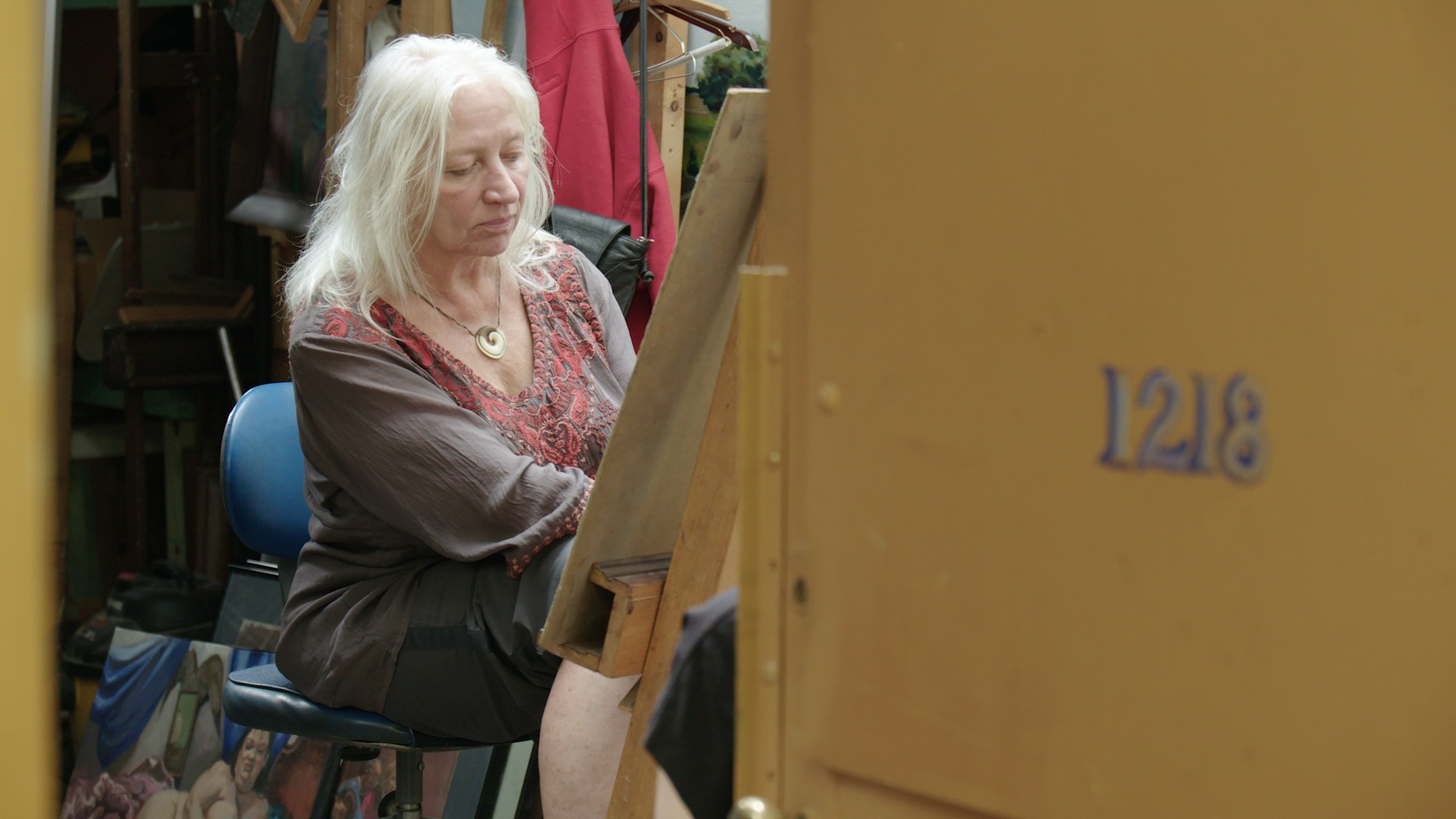Photo: Getty Images
Earlier this year, federal prosecutors filed a 90-page memo outlining the many, many, many crimes that were allegedly committed by Joaquín Guzmán Loera—better known as El Chapo, the brutal leader of the Sinaloa drug cartel. According to the New York Times, those pages were filled with the grim details of El Chapo’s criminal activities, including gang wars, kidnappings, torture, remorseless killing, “and an attempt to smuggle seven tons of cocaine in cans of jalapeños.”More than six months later, El Chapo is on trial in federal district court in New York, and a witness testified that yeah, that jalapeño thing was real. On Tuesday, former cartel member-turned-witness Miguel Ángel Martínez told the jury that the cartel transported an estimated $500 million worth of Colombian cocaine into the United States by packing it into cans labeled La Comadre Pickled Jalapeño Peppers.“[The workers] got intoxicated because whenever you would press the kilos, it would release cocaine into the air,” Martínez said. The cocaine was packaged into the fake pepper cans at a facility in Mexico City before being loaded onto trucks and driven from Mexico to Baja, California. According to Martínez, between 25 and 30 tons of the cartel’s coke made it to Los Angeles every year.Last week, former DEA agent Thomas Lenox testified that the agency had once intercepted a shipment of La Comadre canned jalapeños in Tijuana. (The jurors were then given an empty La Comadre pepper can to examine, the New York Post reported.) Lenox also testified to the discovery of an unfinished tunnel in Tijuana that was “hidden inside a compound on the Mexican side of the border.” Lenox said that, if the already-1,452-foot-long tunnel had been completed, it would have terminated in the United States, inside a cannery and warehouse that was being constructed by the Tia Anita company. (Tia Anita was owned by Jose Reynoso Gonzalez, a Los Angeles grocer who distributed Chapo’s La Comadre canned goods; he was arrested by the DEA in the late 1980s.)Martínez, who is also known as “El Tololoche” or “El Gordo” (“Fat”), was known for his ability to build these “narcotunnels” for the purpose of smuggling drugs. During his testimony, he spilled all the tea on El Chapo’s spending habits—including the Acapulco beach house that had a “little train” and a zoo with lions, tigers, and panthers.“He had houses at every single beach,” he said, according to the Associated Press. “He had ranches in every single state.” Martínez also casually mentioned that El Chapo had “four or five” women and that he went to Switzerland to have “cellular youth treatments.”El Chapo is facing 17 criminal counts, including drug trafficking, conspiracy to murder, money laundering, and assorted weapons charges. He has pleaded not guilty.
Lenox said that, if the already-1,452-foot-long tunnel had been completed, it would have terminated in the United States, inside a cannery and warehouse that was being constructed by the Tia Anita company. (Tia Anita was owned by Jose Reynoso Gonzalez, a Los Angeles grocer who distributed Chapo’s La Comadre canned goods; he was arrested by the DEA in the late 1980s.)Martínez, who is also known as “El Tololoche” or “El Gordo” (“Fat”), was known for his ability to build these “narcotunnels” for the purpose of smuggling drugs. During his testimony, he spilled all the tea on El Chapo’s spending habits—including the Acapulco beach house that had a “little train” and a zoo with lions, tigers, and panthers.“He had houses at every single beach,” he said, according to the Associated Press. “He had ranches in every single state.” Martínez also casually mentioned that El Chapo had “four or five” women and that he went to Switzerland to have “cellular youth treatments.”El Chapo is facing 17 criminal counts, including drug trafficking, conspiracy to murder, money laundering, and assorted weapons charges. He has pleaded not guilty.
Advertisement
